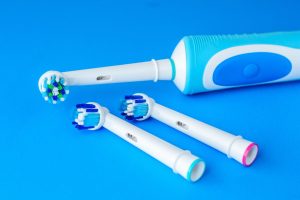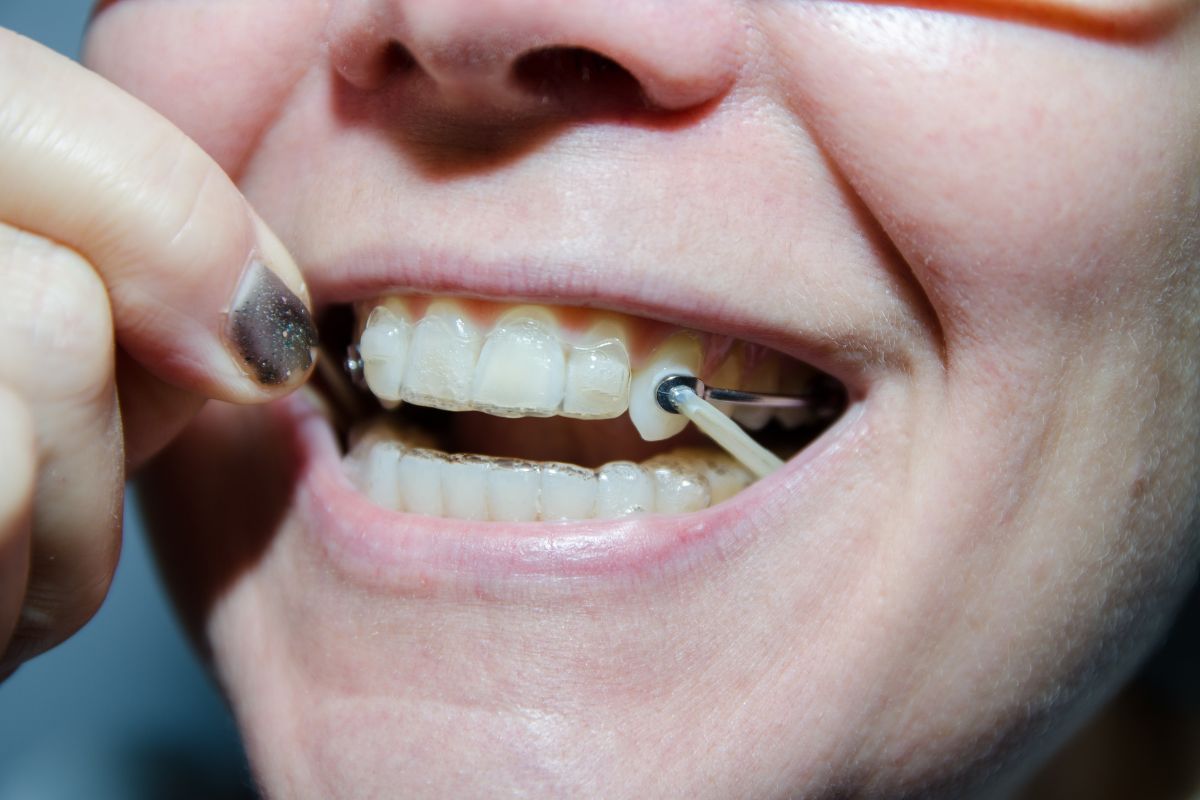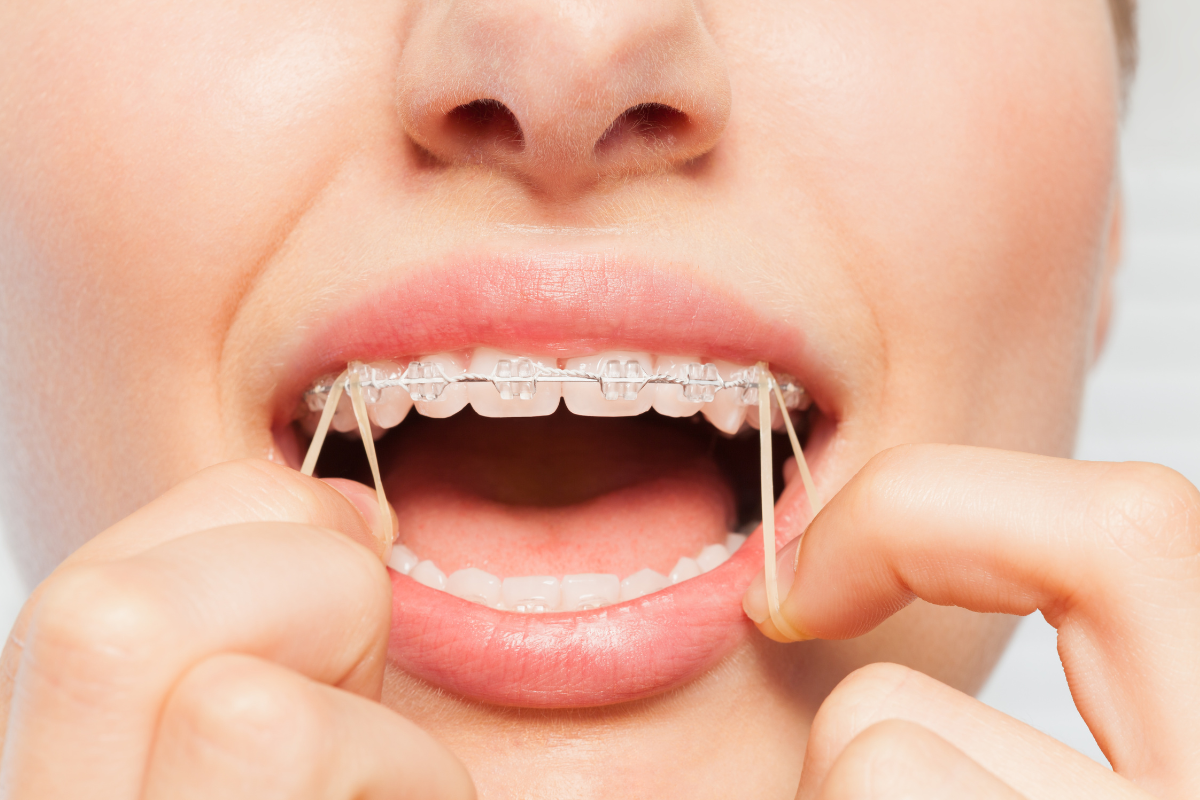

In orthodontics, braces have become a standard solution for correcting misaligned teeth and achieving a beautiful smile. However, maintaining oral hygiene becomes more challenging when braces are involved. Traditional manual toothbrushes may be less effective in thoroughly cleaning teeth and braces, making many wonder if electric toothbrushes are better. In this article, we will explore the benefits of using electric toothbrushes for cleaning teeth with braces and shed light on whether they suit oral health during orthodontic treatment.
Electric Toothbrushes and Oral Hygiene
When you have braces, it is crucial to maintain excellent oral hygiene to prevent tooth decay, gum disease, and other dental issues. Food particles and plaque can easily get trapped around the brackets and wires, increasing the risk of cavities and gum inflammation. Moreover, brushing and flossing become more challenging due to the brackets and wires that make up braces. This is where electric toothbrushes can potentially offer an advantage.
How Electric Toothbrushes Work
Electric toothbrushes are powered by batteries or electricity and feature vibrating or rotating brush heads. These movements help effectively remove plaque and debris from the teeth’s surfaces and hard-to-reach areas, such as around the brackets and braces.
Benefits of Electric Toothbrushes for Cleaning Teeth with Braces
Gentle and Effective Cleaning
Electric toothbrushes are designed to provide a gentle yet thorough cleaning experience. The oscillating or vibrating bristles can reach areas that are challenging to access with a manual toothbrush, ensuring a more comprehensive clean.
Enhanced Plaque Removal
The high frequency of movements in electric toothbrushes helps dislodge and remove plaque effectively. By reducing plaque buildup, electric toothbrushes can aid in maintaining healthy teeth and gums throughout orthodontic treatment.
Improved Accessibility
Navigating around the brackets and wires of braces can be cumbersome with a manual toothbrush. Electric toothbrushes often come with specially designed brush heads that can easily glide over orthodontic appliances, providing better access for thorough cleaning.
Motivational Features
Some electric toothbrushes incorporate fun and interactive features such as timers, music, or smartphone connectivity to make brushing more engaging, particularly for children and teenagers undergoing orthodontic treatment. These features can encourage consistent brushing habits, leading to better oral health outcomes.
Choosing the Right Electric Toothbrush for Braces
When selecting an electric toothbrush for cleaning teeth with braces, there are a few factors to consider:
- Look for a toothbrush with soft bristles to avoid braces and gum tissue damage.
- Opt for a brush head size that comfortably fits in your mouth and can navigate around the brackets and wires.
- Consider electric toothbrushes designed for braces or orthodontic appliances, as they may have specialized brush heads and cleaning modes.
Proper Brushing Technique with an Electric Toothbrush
To effectively clean your teeth with braces using an electric toothbrush, follow these steps:
- Wet the brush head and apply a pea-sized amount of toothpaste.
- Position the brush bristles at a 45-degree angle against the gum line.
- Gently move the brush head in circular motions, focusing on each tooth and around the brackets and wires.
- Continue brushing for the recommended two minutes.
- Rinse your mouth thoroughly, removing any remaining toothpaste and debris.
Other Considerations for Oral Care with Braces
While electric toothbrushes can be beneficial for cleaning teeth with braces, it is essential to remember that they are just one part of a comprehensive oral care routine. Here are a few additional considerations:
- Flossing: Regular flossing is crucial to remove plaque and debris from between the teeth and under the wires. Use floss threaders or specialized orthodontic floss to navigate the braces more quickly.
- Interdental Brushes: These small, cone-shaped brushes can help clean hard-to-reach areas between the brackets.
- Regular Dental Check-ups: Schedule regular dental visits to monitor your oral health and maintain your braces.
Try Using an Electric Toothbrush!
Electric toothbrushes can be a valuable tool for effectively cleaning teeth with braces. Their gentle yet thorough cleaning action, enhanced plaque removal, improved accessibility, and built-in timers make them popular for individuals undergoing orthodontic treatment. However, it is essential to remember that electric toothbrushes are not a substitute for a comprehensive oral care routine that includes proper brushing, flossing, and regular dental check-ups. Combining the benefits of an electric toothbrush with diligent oral hygiene practices allows you to maintain excellent oral health throughout your braces journey.
Start Your Smile Transformation Journey with Orthodontic Studio
“A positive self-image and self-confidence can result from proper orthodontic care.”
This belief has been our foundation for over 17 years of creating beautiful, straight, and confident smiles!
With thousands of finished cases under our belt, we are confident in our ability to provide you and your family with excellent treatment delivered with expertise and care.
Plan your smile with one of the best Orthodontists in Toronto, Ontario. Schedule a virtual care or in-office appointment with us! Let’s work together to create the best smile for you and your family.
Frequently Asked Questions
Can electric toothbrushes damage braces?
Electric toothbrushes with soft bristles are unlikely to damage braces if used correctly. It is essential to use gentle, circular motions and avoid applying excessive pressure while brushing.
Are electric toothbrushes more effective than manual toothbrushes for braces?
Electric toothbrushes can provide a more thorough cleaning, especially around the brackets and wires of braces. However, electric and manual toothbrushes can be effective with proper technique and diligence.
Can children and teenagers use electric toothbrushes with braces?
Yes, electric toothbrushes can be suitable for children and teenagers with braces. Electric toothbrush models are designed for younger individuals, featuring kid-friendly designs and interactive features.
How often should I replace the brush head of my electric toothbrush?
It is generally recommended to replace the brush head every three to four months or sooner if the bristles become frayed or worn out. Check the manufacturer’s guidelines for specific recommendations.
Can electric toothbrushes speed up orthodontic treatment?
Electric toothbrushes do not directly influence the speed of orthodontic treatment. However, maintaining excellent oral hygiene contributes to the overall success and efficiency of the treatment process.
Recent Posts
-
Inside the World of Orthodontists: Education, Precision, and Transformative Treatments
The Evolution of Orthodontics: A Brief Historical Overview Orthodontics, an integral branch…
-
How Orthodontists Plan a Treatment for a Beautiful Smile
Understanding the Patient's Unique Needs A positive self-image and confidence can result…
-
Unleash Your New Smile! Here's What You Need to Know Before Braces Removal
Are you excited to see your smile transformation? Taking your braces off…
-
Traits That a Good Orthodontist Should Have
Choosing an orthodontist is half your smile transformation journey. That’s why in…
-
How Braces Can Help Fix an Asymmetrical Jawline
An asymmetrical jawline can cause concern for many individuals, affecting their appearance…
-
Can Cavities Be Reversed?
Cavities are among the most common dental issues people of all ages…
-
What to Prepare During Your First Braces Appointment
Are you about to embark on your journey to a beautiful smile…
-
Taking Care of Baby Teeth: A Comprehensive Guide for Parents
Caring for our children's health is one of our most crucial responsibilities…
-
What are Brace Elastics?
If you or someone you know is undergoing orthodontic treatment with braces,…
-
Difference Between an Overjet and Overbite: A Comprehensive Guide
Two orthodontic terms that often confuse our patients are "overjet" and "overbite."…







 Instagram
Instagram
